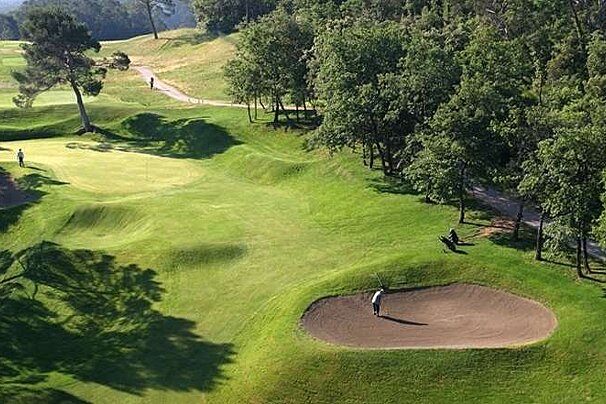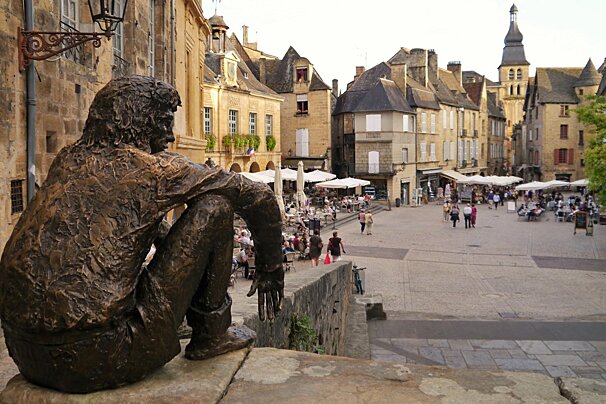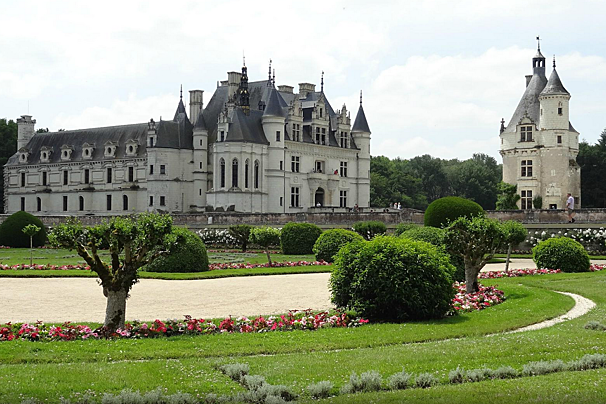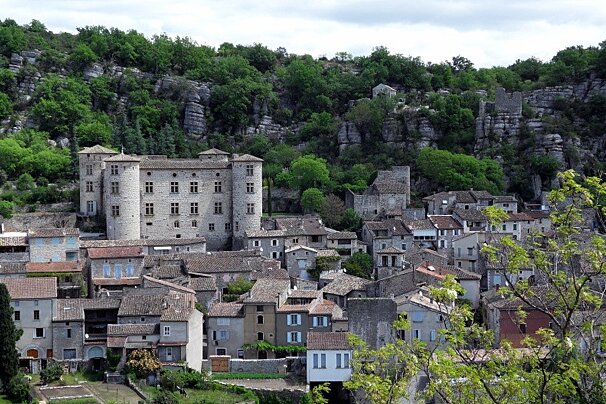
Geography of La Loire
Discover the La Loire geography, fauna and flora
The Loire river, at just over 1,000 kilometres long from source to finish, has been the focal point for trade in this region for centuries. As a result, the Loire Valley's population is focused around the towns and villages which have sprung up on its banks. Major historic towns include Angers, Nantes, Tours and Orléans.
Jump to
Fauna & wildlife
Fish numbers in the Loire river are picking up, following a drop in numbers. Salmon numbers still remain low, but there are some small fish and eels which remain present and fished. The banks of the Loire are also a haven for birds - you may find Kingfishers and Ospreys if you're lucky. Most grand is the Grey Heron. European beavers have recently been reintroduced into the river.
Landscape & scenery
The river level increases dramatically in the winter with rainfall, but swimming is not permitted even when the river levels are low due to strong currents. The Loire Valley is defined as the central 280-kilometre section of the river stretching from Sully-sur-Loire in the east to Chalonnes-sur-Loire in the west. This section was granted UNESCO World Heritage Site status in 2000.
The region has a generally mild climate, cool in spring and wet in autumn, with warm breezy summers. The undulating land close to the river includes many significant wine-producing regions and so miles and miles of vineyards make up the landscape. The Valley crosses two administrative regions, Centre and Pays-de-la-Loire.





